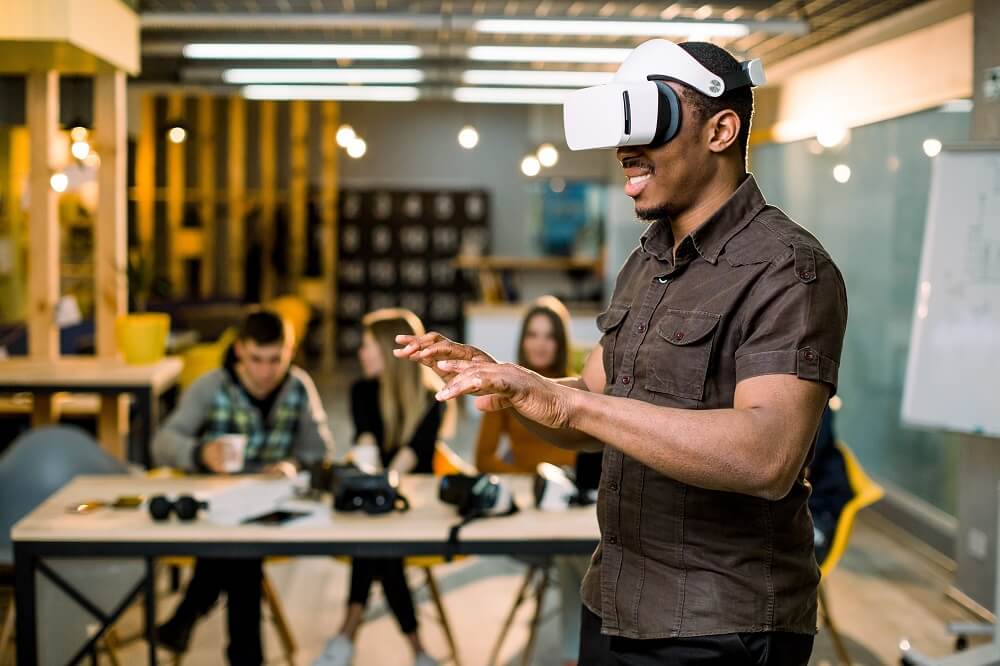In the world of architectural design, digital twin technology has emerged as a game-changer, revolutionizing the way architects and designers visualize and collaborate on projects. By creating virtual replicas of physical buildings and spaces, digital twins offer unprecedented levels of realism and interactivity, enabling architects to make more informed decisions and clients to have a clearer understanding of the final product.
Enhanced Visualization:
Digital twins provide architects with a powerful tool to visualize their designs in a virtual environment. Through advanced 3D modeling and rendering techniques, architects can explore every aspect of the building, from the exterior façade to the interior layout. This level of visualization helps identify design flaws, optimize spatial arrangements, and create immersive walkthrough experiences for clients.
Real-Time Collaboration:
Collaboration is essential in architectural design, and digital twins facilitate seamless communication among stakeholders. With a shared virtual platform, architects, engineers, and clients can collaborate in real-time, providing feedback, making design iterations, and ensuring all parties are aligned with the project vision. This enhances efficiency, reduces errors, and accelerates the decision-making process.
Design Validation and Simulation:
Digital twins enable architects to validate their designs before construction begins. By simulating real-world scenarios, such as lighting conditions, acoustics, and environmental impacts, architects can assess the performance of their designs and make necessary adjustments to enhance energy efficiency, occupant comfort, and overall sustainability.
Client Engagement and Empowerment:
Digital twins empower clients to have a more active role in the design process. With interactive virtual tours and the ability to explore different design options, clients can visualize the end result and provide valuable input. This fosters a collaborative relationship between architects and clients, ensuring that the final design meets their expectations and requirements.
Cost and Time Savings:
Digital twins offer significant cost and time savings throughout the architectural design process. By identifying and resolving design issues early on, costly rework during construction can be minimized. Additionally, the ability to make real-time design changes and explore different options expedites the decision-making process, saving time and resources.
The impact of digital twins in architectural design cannot be understated. From enhanced visualization and real-time collaboration to design validation and client engagement, digital twins are transforming the way architects approach their projects. By harnessing the power of this technology, architects can create more innovative, sustainable, and client-centric designs, ushering in a new era of architectural excellence.






